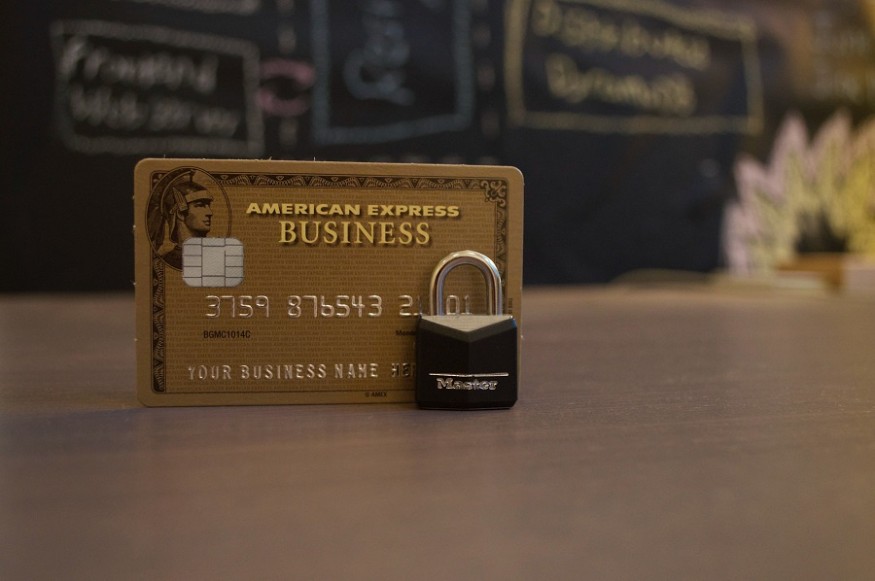Did Stimulus Package Drops Student Loan? What to Do Before Forbearance Ends
A new stimulus package is close to becoming a bill as Congress works on it, including the second stimulus checks worth $600 for each eligible individual and a $300 per week unemployment insurance.
Millions of Americans treat it as good news, but one thing was notably absent from the joint statement of Senate Minority Leader Chuck Schumer (D-NY) and Speaker of the House Nancy Pelosi (D-CA): student loans.
Schumer and Pelosi stated key highlights from the new stimulus package that Congress has yet to finalize. Both of them did not mention any extension of student loan relief, as per Forbes.
Read also: Education Department Extends Student Loan Payment Pause Through January
What to do if student loan forbearance ended

During the COVID-19 pandemic, many student loan borrowers had to pause paying student loans. However, the deadline is on January 31, 2021, and it is rapidly approaching. Those whose loans are in automatic forbearance will be required to resume payments. Here are five things you should be prepared for when the forbearance ended, according to Fox Business:
1. Determine if your loans are affected- not all student loans are in automatic forbearance. The CARES Act and the executive order was applied to most federal loans except the FFEL or HEAL loans owned by commercial lenders. No private student loans are part of the COVID-19 relief. Therefore, if you have a private student loan, you can ask for the refinance rates that fit you. You may compare student loan refinancing rates up to ten lenders without affecting the credit. Besides, it is 100% free.
2. Consider student loan refinancing- refinancing federal loans involves giving up crucial borrower benefits, such as flexible forbearance and deferment, income-driven options, and Public Service Loan Forgiveness options. However, refinancing private loans only include a switch from one private lender to another refinance lender.
3. Start saving money now to cover your future bills- if your loans are in automatic forbearance that will end on January 31, you should prepare by now. You should be able to resume making your payments on time without making changes to your situation. However, start saving any extra cash now if you are unemployed or your hours were reduced, and you are worried about where to get the money you will use to pay your student loan. It will help if you make a budget to ensure you will have funds available when payments come due.
4. Look into income-driven payment options- if you are worried about how to pay your federal student loans as the COVID-19 pandemic affected your earnings, you may consider switching to an income-driven payment plan when forbearance ends.
5. Explore other options for deferment or forbearance- even if the automatic forbearance and 0% interest rate will end on January 31 for federal loans without any congressional actions, it does not mean that there would be no other options for pausing payments. Federal loans provide different solutions, including opportunities to apply for deferment of forbearance outside the CARES Act period. If you are qualified for deferment, the interest on Subsidized Direct Loans will be covered, so there is no need to worry about the growing balance.
Read also: Student Loan: Do You Think You Owe $1.6 Trillion Debt? Here's How to Know
Copyright © MoneyTimes.com










